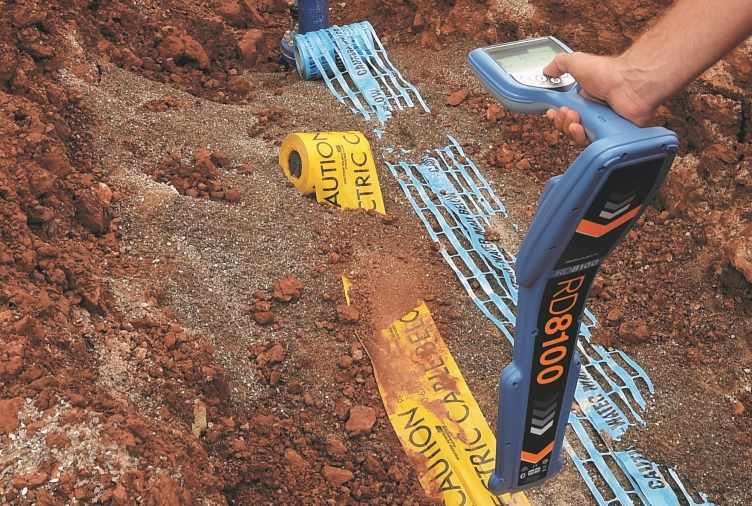Utility Damage Prevention Fundamentals: Safeguarding Infrastructure and Enhancing Safety.

Introduction:
Utility damage can cause significant disruptions to critical services, compromise public safety, and incur substantial costs. To mitigate these risks, utility damage prevention has emerged as an essential practice in the construction and excavation industry. In this article, we will delve into the fundamentals of utility damage prevention, highlighting its importance, key strategies, and best practices.
Understanding Utility Damage Prevention:
Utility damage prevention involves a set of proactive measures aimed at safeguarding underground infrastructure, such as water and sewer lines, gas pipelines, electrical cables, and telecommunication networks. By implementing robust damage prevention strategies, we can prevent accidents, service outages, and costly repairs.
The Impact of Utility Damage:
Highlight the consequences of utility damage, such as service disruptions, safety hazards, environmental impact, financial losses, and negative community perception. Emphasize the importance of taking preventive action to avoid these issues. Utility damage can have a vastly range of consequences ranging from communication and internet outages effecting banks, supermarkets, ATM machines, to outages that affect emergency services such as police, fire, and ambulance, all the way down to e-scooters not working because of internet outages.
BYDA and the Importance of Communication:
Australia is in the envious position of having one of the world’s best systems for providing the conduit between the utility owners and the teams working in the field around the utilities. The service MUST be utilised for every activity that involves any type of ground disturbance activity. Join now, it is a free service.
Utility Locating and Marking:
The best plans from the Utility owners are totally useless if they are not utilised by correctly trained operators who should be engaged to mark all services in the work area. By having the services accurately marked the risks associated with damage caused by excavation works are drastically reduced.
Safe Excavation Practices:
The correct marking of all utilities, does not them remove all risks associated with excavation activities. Excavations wherever possible should always be conducted using, non-destructive digging methods, and applying safe digging distances. The importance of excavating with care and utilizing proper techniques to prevent accidental utility strikes cannot be over emphasized.
Training and Education:
Training and education in the utility damage prevention plays an important part in keeping workers safe and utilities undamaged. Short courses, certifications, and ongoing professional development programs will equip individuals with the necessary knowledge and skills to prevent utility damage.
Technological Advancements:
Damage prevention can be enhanced with the use of advanced technologies, such as ground-penetrating radar (GPR), electromagnetic locators, and Geographic Information System (GIS) mapping, in improving utility damage prevention efforts.
Regulatory Compliance and Best Practices:
Ensure that all regulatory requirements related to utility damage prevention, including adherence to local, state, and federal regulations are adhered to. Always use industry best practices, guidelines, and standards, such as those established by organizations like Before You Dig Australia (BYDA), that serve as benchmarks for damage prevention.
Conclusion:
Utility damage prevention is paramount in ensuring the safety of workers, the public, and the integrity of critical infrastructure. By implementing the fundamental principles discussed in this article, stakeholders in the construction and excavation industry can significantly reduce the risks associated with utility strikes, protect vital services, and save substantial time and resources. Through proactive measures, continuous training, and technological advancements, we can foster a culture of damage prevention that benefits us all.
Remember, when it comes to utility damage prevention, proactive planning and a commitment to best practices are essential for a safer and more efficient construction industry. Locating Unlimited is dedicated to the provision of quality training around safe work actions around buried utilities.